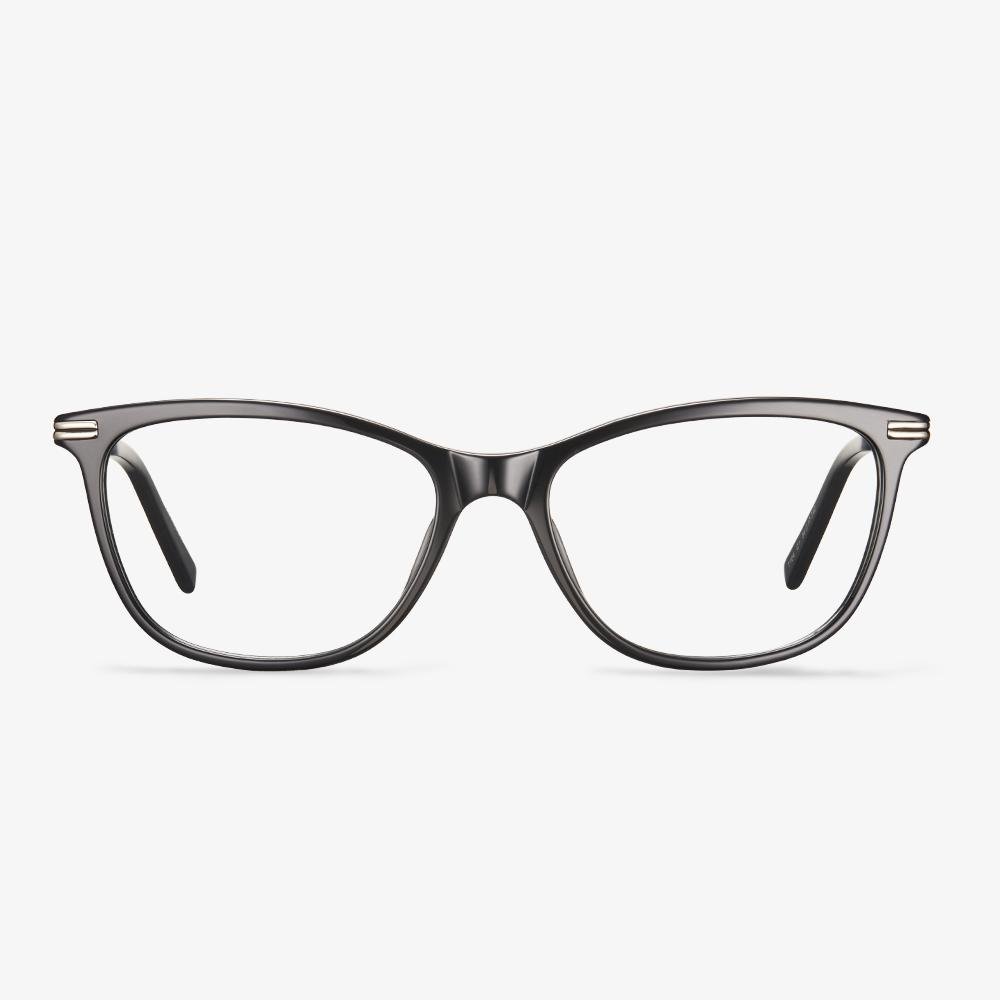Beta titanium
β titanium refers to a particle titanium material that is completed by delayed cooling at the zero bound point state of titanium and does not belong to the alloy. Practical applications will often be processed into alloys to increase their applicability. Although the purity of β titanium is not comparable to pure titanium, its strength, fatigue resistance, and environmental corrosion resistance are better than pure titanium. It has higher strength than pure titanium and other titanium alloys, and the corrosion resistance is stronger and has better elasticity, It is not easy to deform, and is lighter.
Choose the frame according to the face shape
Just like hairstyles and beards, frames should also be chosen according to your face shape. Of course, there is more than one frame for each face shape, and you can also prepare a few more pairs for yourself to match different styles. Try to avoid wearing spectacle frames that are too similar to the face shape, so as not to cause the lines of the face to be over-emphasized. Usually, the shape of the face is round, oval, square, rectangle, and heart-shaped. For example, if your face is square, you should choose glasses frames that are slightly wider than the shape of your face. This will make your face shape looks slightly slender. If the face is round, angular and square frames will help modify the lines of the face.
The Disadvantages of Trifocal Glasses
Here, we will show you the disadvantages of trifocal glasses. If you wear the trifocal glasses for the first time, you may spend some time getting used to them. Adjusting to wearing trifocal glasses can take some time. The different fields of vision can make them disorienting at first, but over time you will get used to wearing them and your eyes will naturally move to the prescription they need for the task at hand. You may be interested in this post: How Long Does It Take to Get Used to New Glasses?
Eye problems that may occur while driving.
Visual fatigue and xerophthalmia: when driving, the spirit and eyes are in a highly tense state, reducing the blink of an eye, which will easily cause eye fatigue and xerophthalmia. Flash glare -- car headlights and city light pollution -- can cause serious damage to the eyes. UV damage: UV radiation is strong when driving in the daytime, especially in the plateau and snow weather. Nocturnal myopia: nocturnal light is insufficient, so it can make the eye pupil dilate, causing nocturnal vision to drop influence driving safety.
What is blue light?
To prevent blue light, we must first understand what blue light is. The visible light with a wavelength range of 400-500 nanometers is called blue light. The light sources used in daily LED lighting and display products, including mobile phones, flat panels, and TVs, are mostly LED light sources excited by blue light. However, not all blue light is harmful to the human body. The human eye has an extremely low tolerance to blue light radiation in the 400-440 nanometer range. When the light intensity enters this threshold, photochemical damage is likely to occur. However, blue light radiation in the range of 459-490 nanometers is essential for regulating the human body's circadian rhythm and can affect the secretion of human melatonin, which in turn has an impact on the body's biological clock, alertness, and mood.
Scientifically effective anti-blue light lenses must not only block harmful blue light but also cannot filter beneficial blue light. Most of the ineffective anti-blue light products on the market currently have two types of problems. One is that there is almost no protective effect on the blue light in the vulnerable zone of the human eye. The other is excessive protection, shielding the blue light spectrum in the beneficial band so that the blue light that is beneficial for physiological adjustment cannot enter the human eye. At the same time, the color of the lens is yellow, which is prone to color shift, aggravating visual fatigue, and even inducing the risk of myopia.
Put into the lens box when not in use.
When taking off glasses, many people will easily hang them on the head, collar, or casual display, so that glasses often suffer a variety of damage. To do this, fold the glasses and place them face up in the case. Do not place your glasses in direct sunlight or in high temperatures, as heat can easily peel off the film on the lens. For example, in summer, the glasses are exposed to direct sunlight in the car for a long time, which is easy to cause lens stripping.
Advantages of Photophobia Glasses
Although the best way to deal with light sensitivity is to address the underlying causes, several studies have indicated that light sensitivity glasses may be helpful in alleviating and reducing discomfort when it comes to light sensitivity. After wearing the photophobia glasses, many symptoms such as headaches or eye pains, etc will be relieved.











































